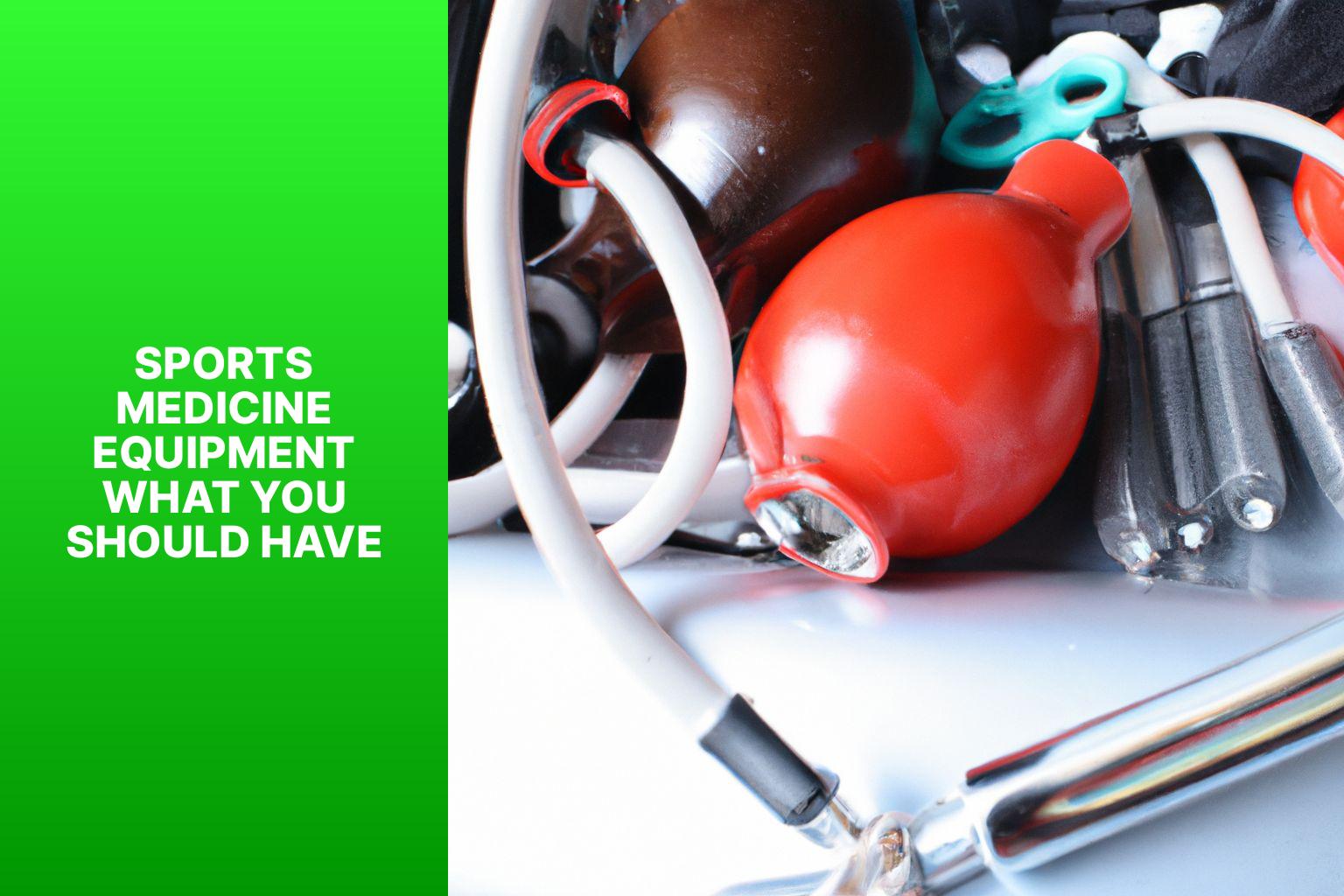Sports medicine equipment plays a crucial role in athletic performance and injury prevention. Having the proper gear and supplies on hand is key for athletes, coaches, and sports medicine professionals. This equipment spans a wide range of categories, from protective gear to aid recovery devices. Let’s explore the essential sports medicine equipment every athlete should have.
Protective Gear
Protective gear, such as helmets, mouthguards, and pads, is vital for minimizing injury risks during sports. Properly fitted gear that meets safety standards helps shield athletes from traumatic injuries. It’s important to regularly inspect and replace worn protective equipment to ensure maximum effectiveness.
Helmets are a prime example of protective gear that can help prevent serious head injuries in contact sports like football, hockey, cycling, and more. Helmets absorb impact forces and protect athletes from concussions and fractures. Proper helmet fit is crucial – it should sit level on the head and not shift around. Regular inspection and replacement of damaged helmets prevents deterioration of protective capabilities.
Mouthguards act as a barrier between the upper and lower teeth, protecting dental structures and soft tissues in the mouth. They are commonly used in contact sports like boxing, martial arts, basketball, and rugby. Custom-fitted mouthguards provide the best protection, while properly caring for and replacing mouthguards helps maintain their protective capacity.
Pads for the shoulders, chest, thighs, and shins absorb shocks and blows to minimize bruising and blunt force injuries. Materials like foam and plastic provide padding and distribution of impact forces. Adequate coverage by pads reduces risk of injury to muscles, bones and joints during physical contact. Replace damaged pads as they lose protective abilities over time.
Knee, elbow and ankle braces provide critical joint support and stability for injury prevention. Made from lightweight, breathable materials, braces restrict range of motion and unwanted joint movements. Proper brace sizing and strapping ensures the brace stays firmly in place during intense activity. Inspect braces regularly for wear and consult sports medicine professionals for appropriate brace selection.
Protective sport-specific gloves shield the hands from abrasions, cuts, blisters and impact forces during activities like cycling, weightlifting, baseball and golf. Gloves must fit snugly to avoid slippage and maximize grip. Replace worn gloves with holes or tears compromising their protective effects.
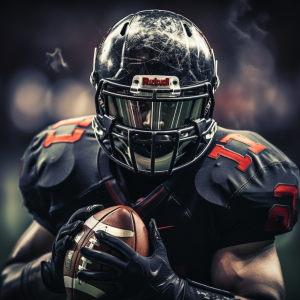
Rehabilitation Equipment
Rehabilitation equipment like resistance bands, balance boards, and foam rollers helps facilitate recovery after injuries or surgeries. Innovation in this category has revolutionized the rehabilitation process. Electrotherapy devices and specialized equipment enable athletes to bounce back stronger than ever before.
Resistance bands come in varying resistance levels to accommodate different strength and recovery needs. They can be used to perform range of motion, flexibility and strengthening exercises during knee, shoulder, elbow and ankle rehabilitation. Proper anchoring and control of the resistance band is key to exercising safely. Check bands for tears before use and replace worn out bands.
Balance boards and wobble boards improve proprioception, strength, and balance during ankle and knee rehab. Begin with basic standing exercises and progress to more dynamic moves as neuromuscular control improves. Always have spotters and crash mats during initial use to prevent falls and injury. Inspect balance boards for stability and discard broken boards.
Foam rollers apply pressure to soft tissues, improving flexibility and circulation. They can be used prior to activity to activate muscles and post-activity to alleviate muscle soreness and tightness. Begin slowly and increase pressure as tolerated. Replace roller if they become misshaped or degraded.
Functional exercise equipment like medicine balls, Bosu balls, and plyo boxes allow athletes to perform sport-specific exercises to re-train muscles for competition. For example, throwing medicine balls targets muscles needed for baseball or volleyball. Consult sports medicine professionals to tailor programs using functional equipment for your sport.
Electrotherapy devices like e-stim, TENS, ultrasound, and laser therapy use electrical currents, soundwaves or light to stimulate tissue healing. Clinicians must be trained on proper electrotherapy protocols and dosing parameters. Ensure equipment is properly calibrated and discard any corroded or damaged electrotherapy units.
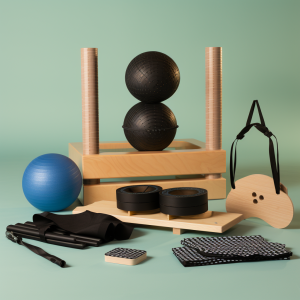
First Aid Supplies
Well-stocked first aid kits should contain supplies like bandages, antiseptic, ice/heat packs, tape, gloves, and wraps. Prompt access to these items allows for immediate care and faster return to play. First aid kits should be periodically checked and restocked.
Adhesive bandages of multiple sizes treat minor scrapes and cuts. Select breathable bandages for fingers, knuckles and joints. Check labels for waterproof options for water sports. Always have extra bandages on hand as they can become soiled and contaminated quickly. Replace bandages after single use.
Gauze pads absorb blood and exudate from wounds. Rolled gauze allows customizable bandaging. Non-stick gauze prevents painful removal. Combine gauze with medical tape for secure wound coverage. Avoid using dirty, torn or wet gauze which can harbor bacteria.
Antiseptic solution and wipes like hydrogen peroxide, iodine, and alcohol prep pads clean wounds and prevent infection. Check that antiseptics are not expired before use. Discard single use packets after opening. Avoid reusing contaminated supplies.
Instant cold packs provide on-demand icing to reduce swelling and pain. Use a damp cloth as a barrier between skin and pack to avoid cold burns. Reusable cold packs require time in the freezer between uses. Replace leaking packs immediately to prevent frostbite.
Elastic sports wraps, cohesive bandages, and athletic tape compress and support musculoskeletal injuries on the field. Proper taping technique by trained sports medicine staff is crucial to provide joint stability without restricting circulation. Remove tape carefully and discard soiled wraps due to infection risk.
Disposable non-latex gloves allow first aiders to maintain universal precautions when delivering care. Use appropriate glove sizing and change between patients or tasks. Discard torn or contaminated gloves in biohazard bins.
Fitness and Performance Monitoring Equipment
Devices like heart rate monitors, GPS trackers, pedometers, and power meters help monitor progress. The data enables athletes and coaches to analyze metrics, adjust training, and optimize performance. This equipment is invaluable for identifying areas needing improvement.
Heart rate monitors measure exertion levels by tracking heart beats per minute. Athletes and coaches use target heart rate zones to tailor workout intensity. Features like downloadable data help identify heart rate trends over time. Chest straps monitor heart rate accurately during intense activity.
GPS watches and fitness trackers use global positioning satellites to provide detailed workout data like route, distance, elevation, and split times. This helps runners, cyclists and triathletes quantify their training and performance. Features like pace alerts and route mapping assist with planning and strategy.
Pedometers and accelerometers count steps taken throughout the day or during specific workouts. Step count goals encourage greater overall physical activity levels. Advanced devices track stride length and calories burned for a comprehensive view of daily movement.
Power meters installed on equipment like bicycles and rowing machines measure power output in watts. The objective data enables comparison between training sessions and athletes. Coaches utilize power metrics like cadence and wattage to structure higher intensity interval workouts.
Wearable technology has transformed performance monitoring equipment. Devices now track detailed biometrics like sleep quality, respiratory rate, and recovery time. Data can be synced between devices and integrated with performance software for a holistic overview of an athlete’s health and progress.
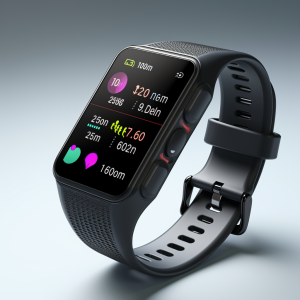
Compression and Supportive Gear
Compression gear like sleeves and tights reduce inflammation and muscle fatigue. Supportive braces provide joint stability, while proper footwear enhances motion control. Choosing compression and support gear suited to the athlete’s sport and needs enhances performance and prevents injury.
Compression gear made from spandex and lycra applies gentle pressure to the muscles and improves circulation. This helps remove lactic acid post-workout and delivers oxygen and nutrients to fatigued muscles. Graduated compression targets the calves, thighs and arms to maximize effects.
Compression socks improve blood flow in the lower extremities. They help mitigate cramps, fatigue, and swelling during sports like running, basketball and tennis. Proper sock sizing and consistent wear helps maximize benefits.
Ankle, knee and wrist braces support vulnerable joints and restrict harmful movements during activity. Hinged braces allow limited mobility while rigid braces immobilize entirely. Straps and adjustable closures ensure proper brace fit. Inspect braces for damage regularly as metal hinges can fatigue over time.
Properly fitted athletic shoes provide arch support, cushioning and stability during sports. Consider foot type, playing surface and pronation when selecting shoes. Replace shoes every 300-500 miles to maintain shock absorption and avoid injury.
Swim caps and goggles protect eyes, ears and hair from water irritation and drag. Secure proper goggle fitting to create a watertight seal against the eye sockets. Replace goggle straps and caps when they become brittle, warped or loose.
Choosing the Right Equipment
Selecting suitable sports medicine equipment requires considering the specific sport’s demands, the athlete’s needs, and the quality of the gear. Consulting sports medicine professionals helps customize choices. Investing in high-quality, durable equipment ensures safety and effectiveness over the long run.
Sport-Specific Considerations
Every sport places unique demands on the body and carries inherent risks of injury. Equipment choices should align with the movements, impact and physicality involved.
- High-impact sports like football require extensive protective padding due to collisions.
- Overhead sports like volleyball necessitate wrist and shoulder support to prevent repetitive strain.
- Endurance sports like marathon running warrant compression gear to increase circulation and joint braces to stabilize vulnerable knees and ankles.
- Aquatic sports like swimming and water polo require ear and eye protection along with caps and goggles to streamline movement.
Consulting sports governing bodies’ rules and guidelines ensures selected equipment meets all safety and performance regulations.
Athlete-Specific Factors
Consider the athlete’s individual attributes like age, body type, injury history, and competition level when selecting equipment.
- Youth athletes require more shock-absorbent protective gear as their bones are still developing.
- Larger athletes need properly sized equipment and braces to provide adequate joint stabilization.
- Athletes recovering from injuries may need rehabilitative equipment to rebuild strength and flexibility.
- Elite competitors warrant advanced compression and performance monitoring equipment to maximize abilities.
Conduct thorough athlete assessments and consult their sports medicine team to choose equipment that complements their needs and goals.
Quality and Durability
High quality, durable sports medicine equipment ensures:
- Consistent protection and minimize injury risks.
- Accurate performance feedback when monitoring progress.
- Stable rehabilitation during the recovery process.
- Comfortable compression that optimizes muscle oxygenation and blood flow.
Test samples when possible and read product reviews to assess effectiveness. Purchase from reputable brands and frequently inspect equipment for wear and tear. Replace deteriorating equipment like ripped resistance bands, expired first aid items and loose brace straps.
Investing in high-performing, sturdy equipment maximizes both safety and athletic achievement.
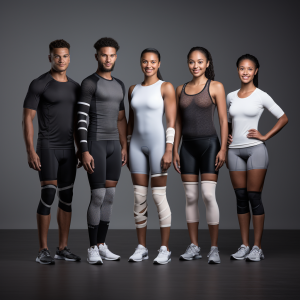
Purchasing Sports Medicine Equipment
Sports medicine equipment is available through several avenues, each with their own advantages. Consider factors like budget, urgency of need, sizing/fit and expert guidance when choosing purchase sources.
Sporting Goods Stores
Local sporting goods stores allow athletes convenient access to essential equipment like:
- Protective gear: helmets, goggles, pads, braces
- Rehabilitation equipment: foam rollers, resistance bands, balance boards
- First aid: tape, cold packs, wraps, gauze
Benefits of purchasing in-store include:
- Trying items on for fit
- Immediate availability of supplies
- Qualified staff for product recommendations
- Ability to inspect quality and construction
Check for sports medicine specialty stores near your for access to advanced equipment used by pros and medical teams.
Online Retailers
Online shopping provides convenience and selections catering to all sports and needs:
- Websites offer hundreds of brands and products in one place
- Search filters and product reviews assist finding ideal equipment
- Discounted pricing and bundled packages maximize value
- Items are delivered right to your door
Measure body parts like head, chest, waist, arms and legs before ordering to ensure proper fit. Review sizing charts carefully for compression gear.
Direct Sports Medicine Suppliers
Specialized sports medicine companies offer advanced equipment approved for use by professional and collegiate teams:
- High-tech rehabilitation devices using robotics and biofeedback
- Cutting-edge monitoring systems tracking myriad biometrics
- Innovative orthopedic braces and taping systems
These suppliers cater to medical teams and trainers seeking the latest technologies to give their athletes a competitive edge. Products are rigorously tested but can be cost prohibitive for general consumers.
Choosing equipment aligned with your sport, budget, needs and goals will help maximize both safety and performance. Combine in-person and online shopping to access specialized items along with essentials easily purchased locally.
Stay Protected With Proper Sports Medicine Equipment
Having the proper sports medicine equipment is crucial for athletic protection and care. Tailor selections to your sport’s demands and athlete’s needs. Invest in quality, durable gear from reputable brands. Shop smartly through sporting goods stores, online retailers and specialized suppliers. With the right equipment, athletes can train and compete safely.

